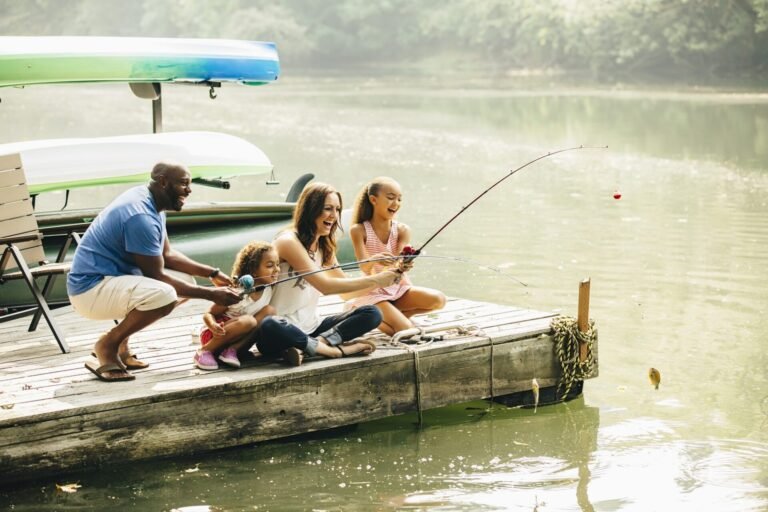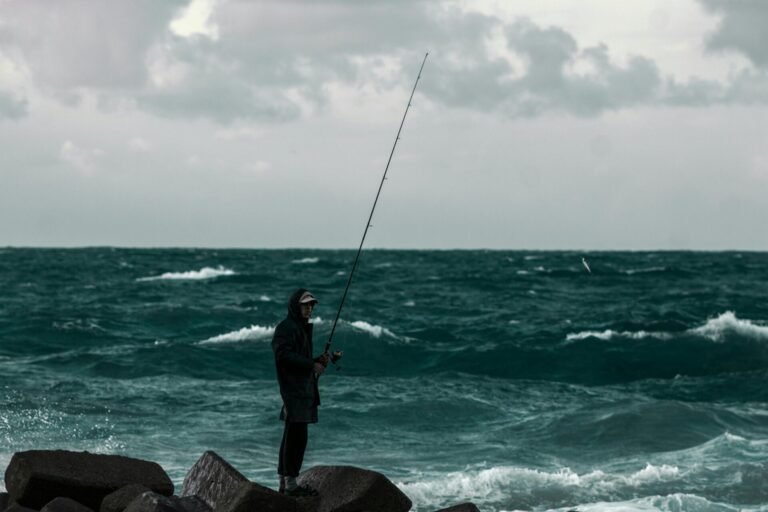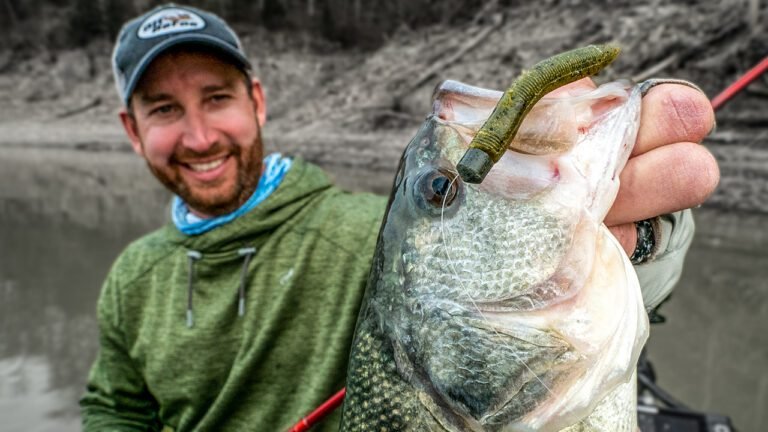Fishing is a popular outdoor pastime that has grown in popularity in recent years. You must have the proper tools, including the best lures, to be successful at it. But do you know that you can create your own DIY fishing lures using everyday things instead of purchasing pricey lures? It’s not only a more affordable choice, but it’s also a fun and original way to customize your fishing gear.
Making your own fishing bait out of recycled materials or common household objects is an excellent method to test out creative fishing lure ideas. With the appropriate instruction, even novices can master the art of creating homemade fishing baits/lures. In this post, we’ll walk you through the process of how to make your own fishing lures from household items so you can reel in the big one without paying any money.
What Is Fishing Lures?
Fishing lures are artificial baits used to attract and entice fish to bite. These are used to mimic the natural prey of the fish you are attempting to catch and are available in a range of sizes, colors, and shapes. Creating fishing lures is a craft that has existed for as long as fishing itself, with the first designs being crafted from wood, bone, and feathers.
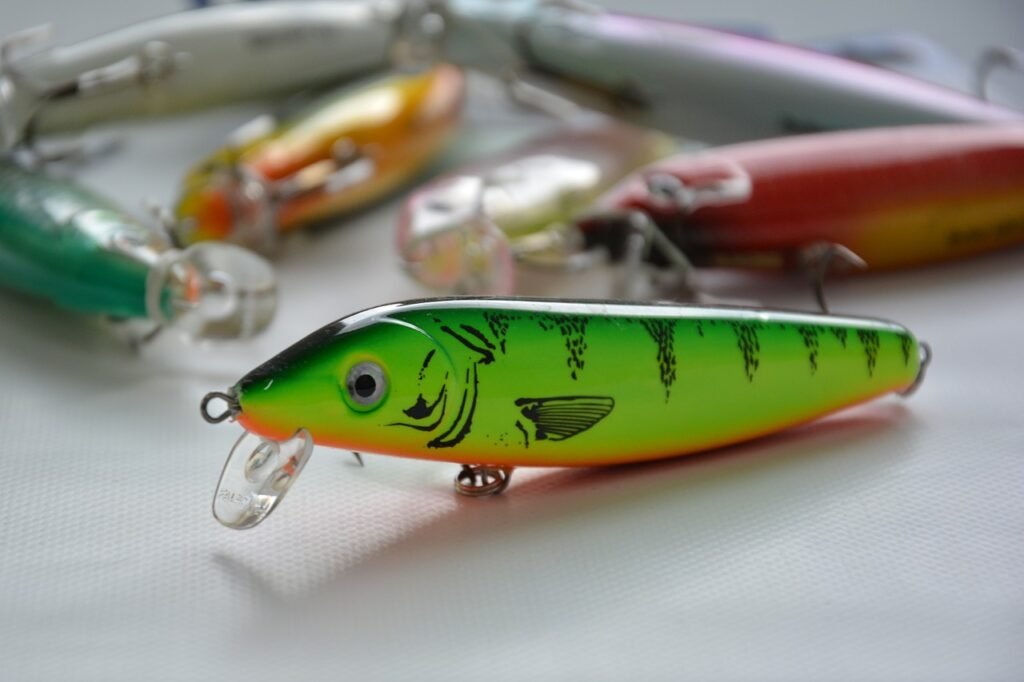
Materials Needed to Make Your Own Fishing Lures from Household Items
You will need a few simple materials to make your own fishing lures, which you can either find around your home or buy at a nearby store. You’ll need the following:
- Bottle caps
- Beads
- Feathers
- Sequins
- Hooks
- Fishing line
- Super glue
- Scissors
- Pliers
Benefits To Make Your Own Fishing Lures
Making your own homemade fishing lures can have several benefits, including:
How To Make Your Own Fishing Lures From Household Items
There are many ways to craft fishing lures from household items. Some of the most common ways are as follows:
Make Your Own Fishing Lures From Bottle Caps
A common household object called a bottle cap can be used to create fishing lures. Simply choose a few bottle caps and make a tiny hole in the middle of each cap using a drill or hammer and nail. Then, fasten a split ring and a treble hook to the hole. Add paint or stickers to make the bottle cap more attractive to fish.
However, combining your bottle cap lure with the right rig is crucial for maximum effectiveness. An excellent option is a perch rig since it enables you to successfully target perch, who are known to be drawn to shiny, bright lures like bottle caps. By employing a perch rig, you can increase your chances of catching fish and have a more fruitful fishing trip. Check out this useful guide if you want to know more about perch rigs.
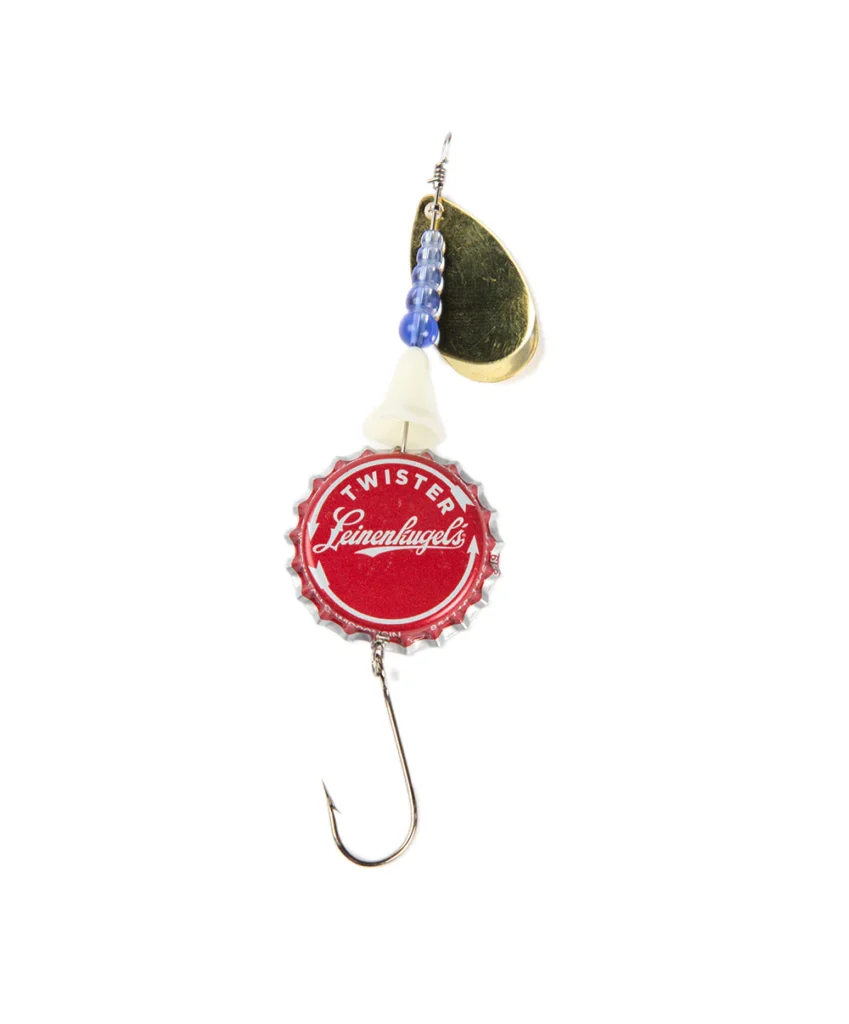
Make Your Own Fishing Lures From Spoon
Spoon lures could be a useful addition to your tackle box, especially when it comes to walleye fishing. These lures are versatile and can be used for a range of fishing techniques, such as trolling, casting, and jigging. To create a spoon lure, Just take a metal spoon and remove the handle. Next, bend the center of the spoon using pliers to a 90-degree angle. On the bent area of the spoon, attach a split ring and a treble hook. To make the spoon more visually appealing, you can also add some paint or other decorations.
Make Your Own Fishing Lures From Cork
Another useful material that can be used to make fishing lures is cork. Just tie a treble hook to a cork with a split ring, and then decorate the cork with paint or other embellishments to make it more appealing to fish. To make the cork seem like live bait, you can also carve it into a certain form or design, like a frog or a minnow.
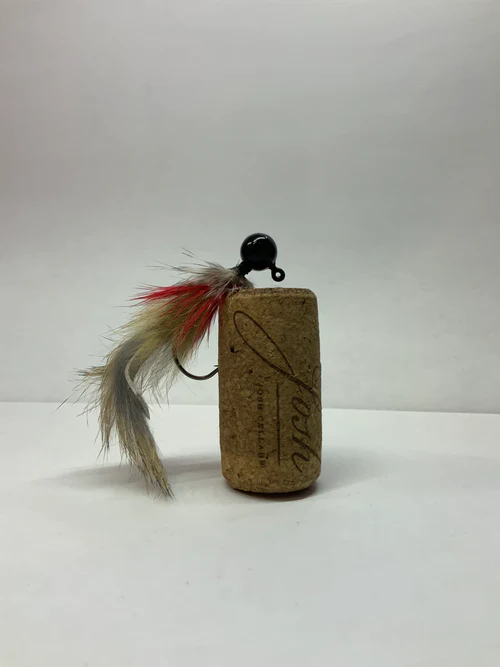
Make Your Own Fishing Lures From Plastic Bottles
Fishing lures can also be made from plastic bottles. Make a tiny cut in the bottle, and then shape it into a fish or any other form you choose. Attach a treble hook to the piece of plastic, then decorate it with paint or other embellishments to make it more appealing to fish. You can also add weight to the plastic lure by putting a little sinker to the bottom of it.
Make Your Own Fishing Lures From Feather
A typical household item, feathers can be used to make fishing lures. Pick out a few feathers, and then use thread or fishing line to attach them to a treble hook. To make the feathers more aesthetically pleasing, you can also decorate them with paint or other decorations.
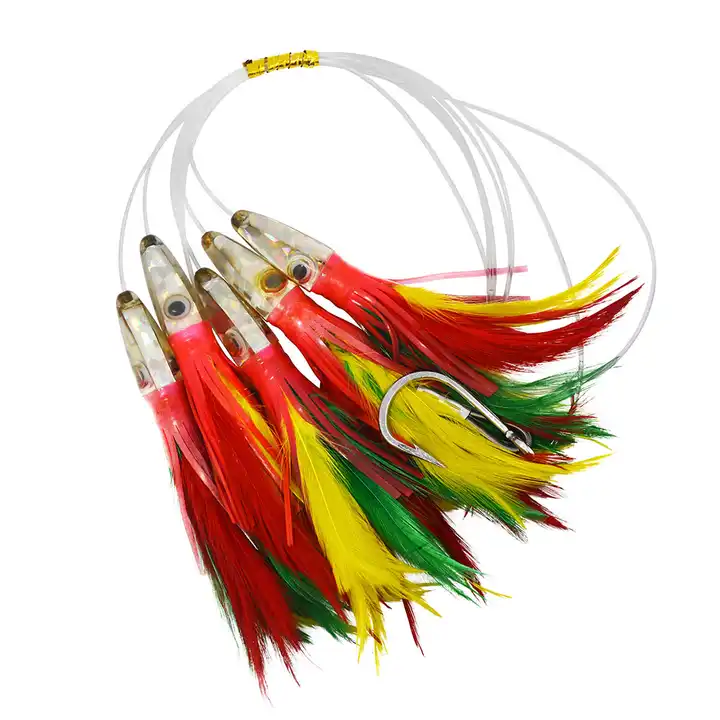
Survival Fishing with Lures vs. Bait
The decision to use lures or bait might be crucial when it comes to survival fishing. Both approaches have benefits and drawbacks, and the choice ultimately comes down to preference and the fishing circumstances you are dealing with. In more detail, let’s examine the benefits and drawbacks of using lures and bait for survival fishing.
Baiting has been a tried-and-true strategy for generations. It is straightforward and simple to use, making it the best option for individuals who are new to fishing or are dealing with difficult circumstances. From little panfish to huge game fish like pike, bait can attract a broad range of fish. Yet, utilizing bait might be less portable than using lures since it requires extra gear, such as a fishing rod, reel, and bait. It might be a drawback in a survival situation where you would need to move quickly and travel light.
On the other hand, using lures for survival fishing has some significant benefits. Lures can be made from a range of materials, including everyday objects like bottle caps or feathers and organic things like wood or bone. It implies that you can create your own fishing lures from common home objects if you have a little creativity and skill. Lures are more portable than bait, making them an excellent alternative for folks who are always on the go. Also, they are more adaptable, allowing you to target particular fish species and mimic the movement of their natural prey.
FAQs
how long does it take to make a fishing lure from household items?
Depending on the complexity of the design and the materials used, making a fishing lure from household objects can take anywhere from a few minutes to an hour. After you get the hang of it, making a few lures in an afternoon is not difficult.
do homemade fishing lures work as well as store-bought lures?
If you customize your homemade fishing lures to meet the kind of fish in your region, they could be just as successful as store-bought lures. But, it may take some trial and error to discover the appropriate combination of materials and colors to attract fish.
Conclusion
Making your own fishing lures from objects around the house can be enjoyable and rewarding. You’ll not only save money, but you’ll also enjoy the satisfaction of using a homemade lure to catch fish successfully.
To create effective lures, keep in mind to conduct research on the local fish species and experiment with various materials and colors. You can quickly start reeling in fish if you apply some creativity and patience.

